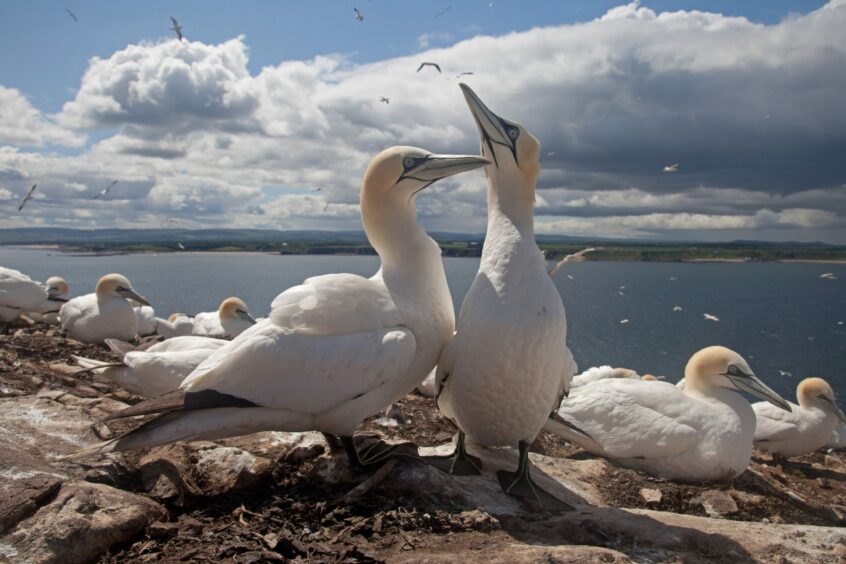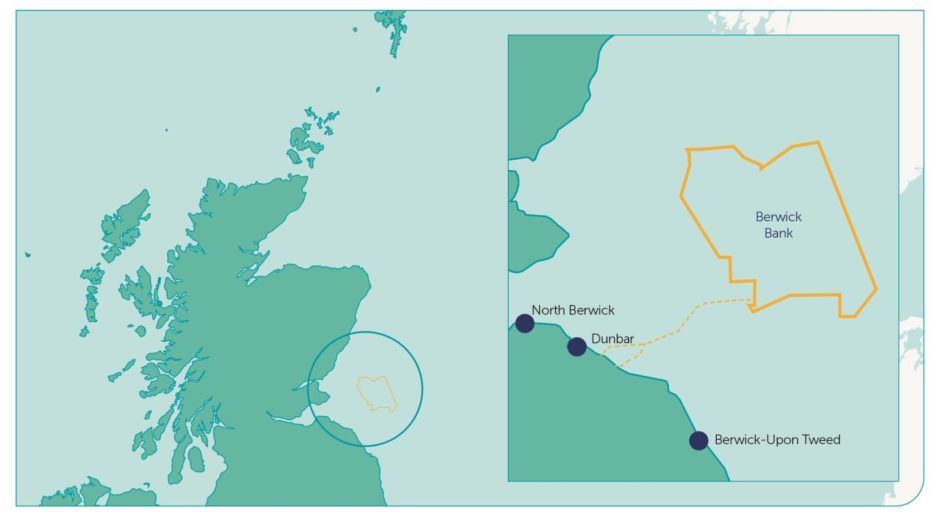
I have just watched SSE’s on-line video about the Berwick Bank Wind Farm and I rather wish I hadn’t, not least because I have just had lunch and the aftertaste of leek and potato soup and smoky cheese in a brioche bun has been replaced by something that tastes like engine oil.
I’m guessing. I have never swallowed engine oil
The video features children, who say: “The world’s getting hotter and the water is starting to rise. Animals are getting extinct.”
And, “It does feel like the world is about to end.”
And, “Grown-ups should be using nature to make electricity. For example, the water power and the wind power.”
After that, the grown-ups appear, specifically the project director of Berwick Bank who tells you it will produce “enough power to power all of Scotland’s homes twice over,” and the project is essential for Scotland to meet its net-zero target.
And then, of course, there are the numbers: 4.1 GW, 307 turbines, 35-years lifespan, 8 million tons of carbon dioxide will be avoided every year which is similar to removing all Scotland’s annual car emissions.
Why do I feel as if all that’s missing is the total area of the wind farm being converted into an equivalent number of football pitches or Olympic swimming pools?
Finally, there are the big numbers: 6000 jobs and £8.3billion for the UK economy.
Missing from SSE’s appraisal of the project are these numbers:
Given that it has conducted a 10-year aerial bird survey to achieve “the most environmentally sensitive design possible”, how many seabirds do they estimate the 307 turbines will kill; in particular how many gannets, given the devastating impact on the Bass Rock gannetry (the biggest in the world) last year because of bird flu, and given that gannets routinely fly round trips of over 100 miles out to sea to find food;
In addition to the gannets and all the other seabirds of the breeding colonies of Berwickshire, East Lothian, Fife and Angus, not to mention the internationally important populations of the Isle of May, how many of the hundreds of thousands of birds that routinely migrate between the European mainland and Scotland every autumn and spring do they expect to fall foul of the project;
How many whales and dolphins do they estimate will be injured by collisions with turbine towers, and what percentage of those collisions might be fatal?
And how many will strand and die as a result of their echolocation systems being disabled by the very presence and noise of the building, maintenance and ultimate dismantling of the Berwick Bank wind farm?
Finally, what is their estimate of the total cost of building and installing the 307 turbines, and what will the carbon footprint of the project look like before, during and after its lifetime?
I pose these questions for two reasons.
One is that the production of turbines, their transportation and their ultimate demolition is, by any yardstick, the heaviest of heavy industry.
The other is that the tendency of industry and politics – local, national and global – to reduce environment concerns to numbers is part of the problem rather than the solution.
Self-evidently, the energy industry exists to build and operate new sources of power for people to use.
Nature pays the price, always has done, always will, and a 10-year aerial bird survey of Berwick Bank won’t change that.
We are at a stage in the evolution of our own species in which we have so damaged the planet and so imperilled every other species that we have to learn to start thinking beyond self.
To the girl who said in the SSE video that the grown-ups should use nature to make electricity I would say that the grown-ups should use their own wit and imagination to reduce the global consumption of energy by half.
When they have done that, when they have astounded themselves at how much better off the planet is as a result, they will realise that they don’t miss all the things on which vast quantities of energy were wasted every hour of every day and every night in every country of the world.
To the boy who said that it feels as if the world is about to end, I would say that he is right. That is how it feels. But that building a new 307-turbine wind farm is one more straw for the camel’s back, when what the camel’s back needs is the lightening of the load.
To the girl who said the world is getting hotter and the water is starting to rise and the animals are getting extinct, I would tell her that she too is one of the animals, that all people are nature too, that we have the same needs as all the other animals, no more, no less.
So let’s treat the planet so that it likes having people around as much as it likes all the other animals, no more, no less.
And the back of my throat won’t taste like engine oil.
Recommended for you

 © Supplied by SSE Renewables
© Supplied by SSE Renewables